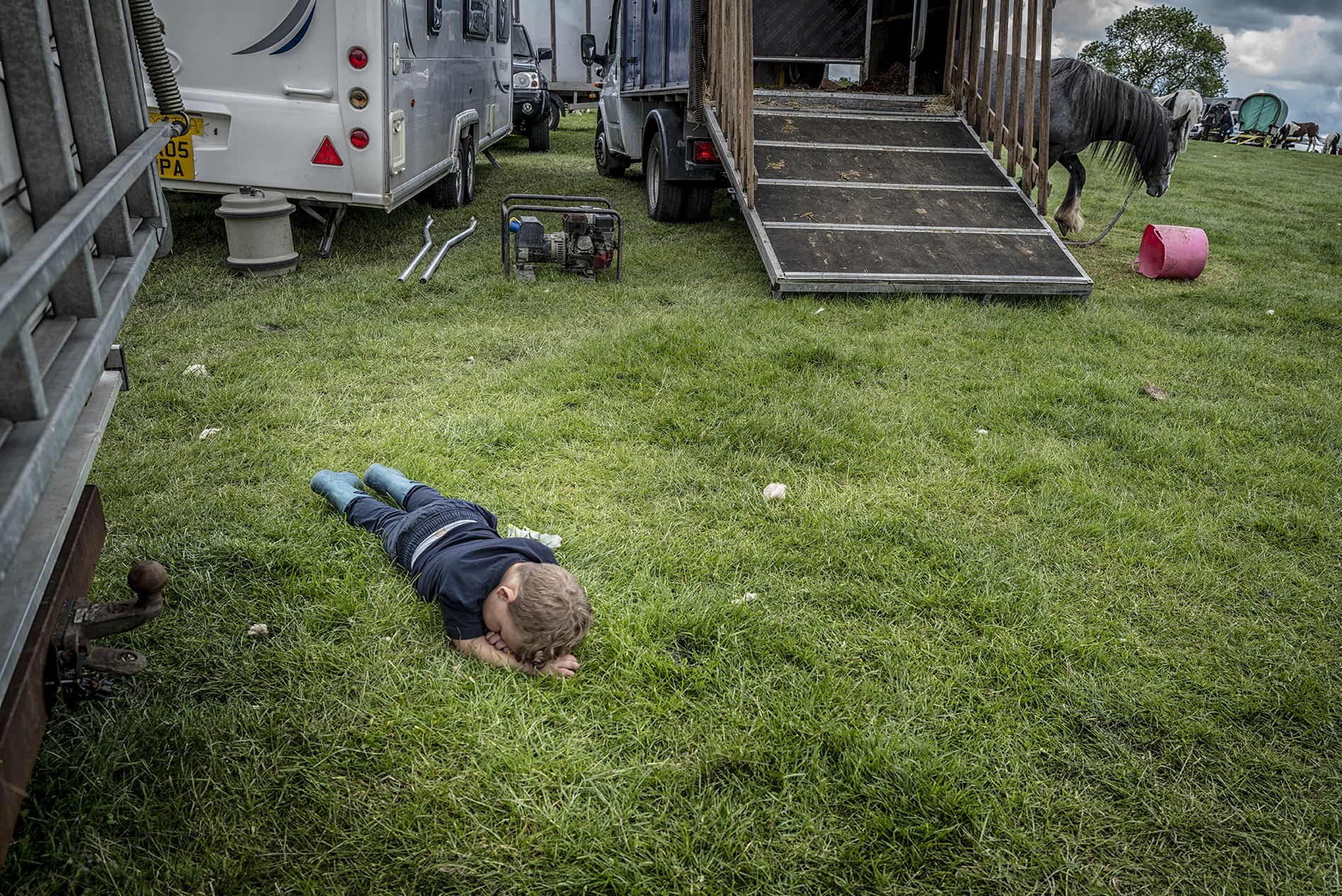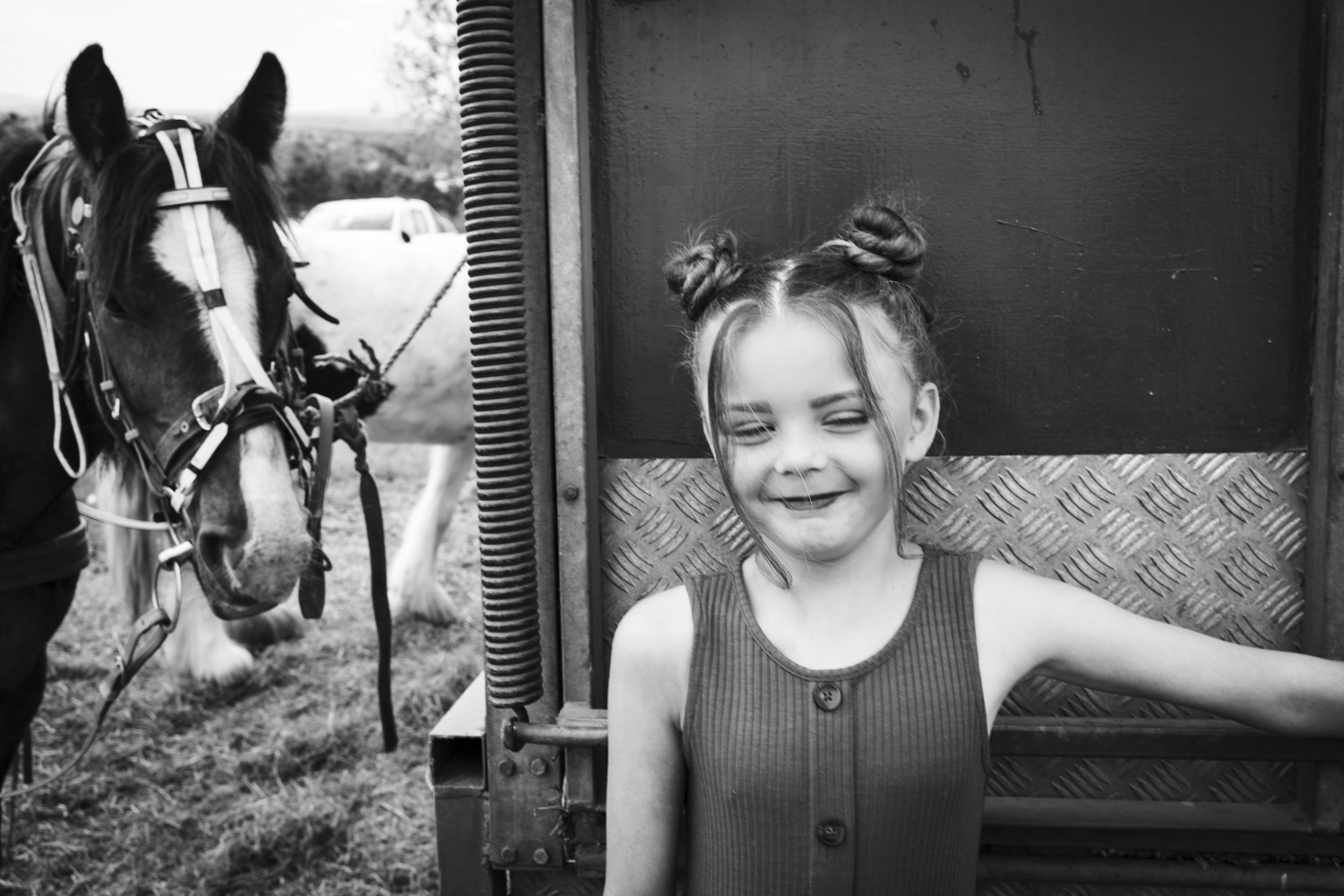The historical origins of Irish Travellers as a distinct group is still unknown It continues to be the subject of academic and popular debate. Research has been complicated by the fact that the group appears to have no written records of its own.
Deeper documentation of Shelta and the Travellers dates to the 1830s, but knowledge of Irish Travellers has been seen from the 1100s, as well as the 1500s-1800s. Many decrees against begging in England were directed at Travellers, passed by King Edward VI around 1551. One such decree was the “Acte for tynckers and pedlers”The identity of Irish Travellers resembles other itinerant communities, some aspects being self-employment, family networks, birth, marriage, and burial rituals, taboos and folklore. Because they worked with metal, Travellers had to travel throughout Ireland and work on making various items such as ornaments, jewellery and horse harnesses to make a living. As a result, by 1175, they were referred to as “tinkler,” “tynkere,” or Tinkers, as well as Gypsies, all of which are derogative names to refer to their itinerant way of life









































